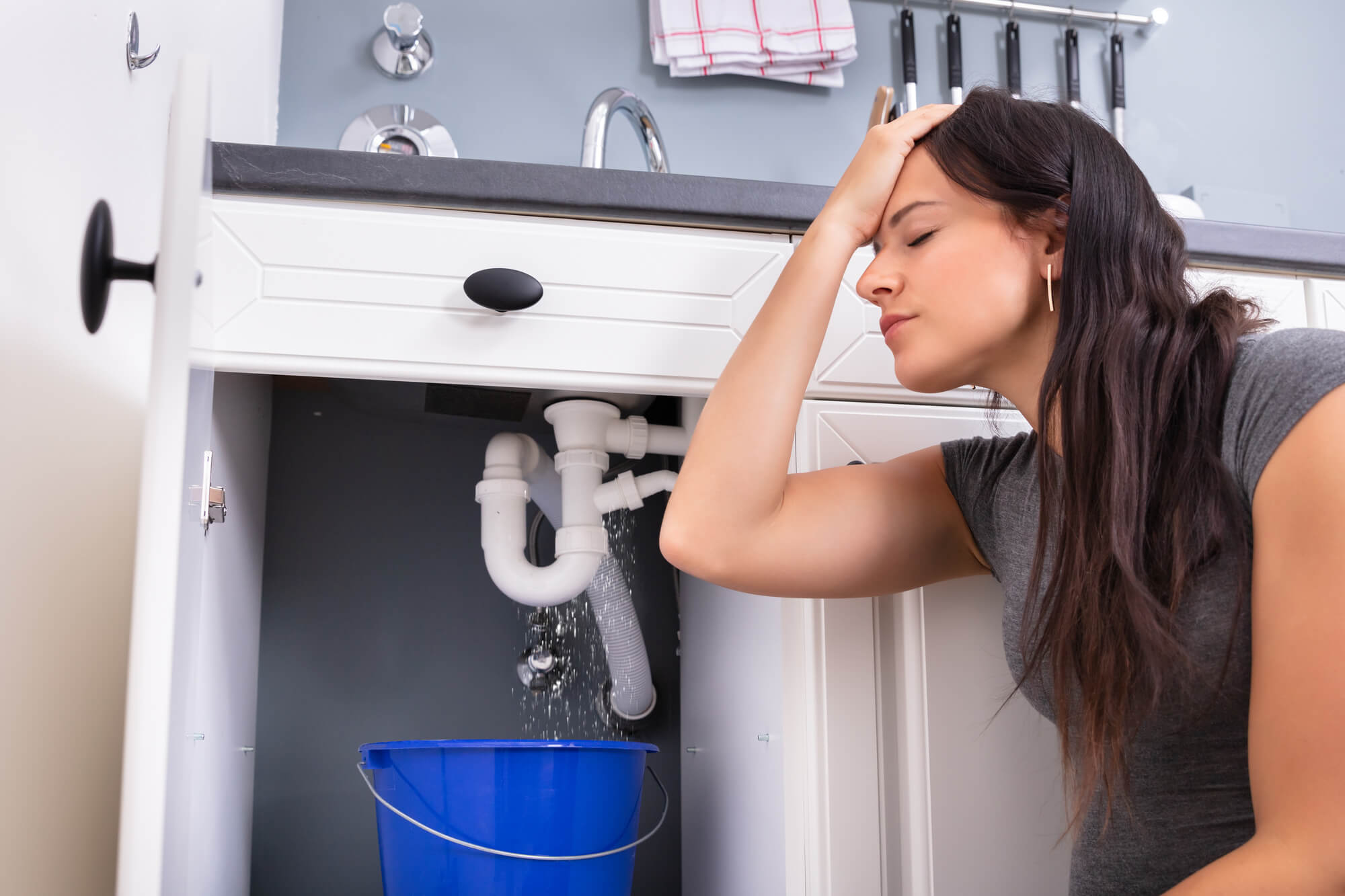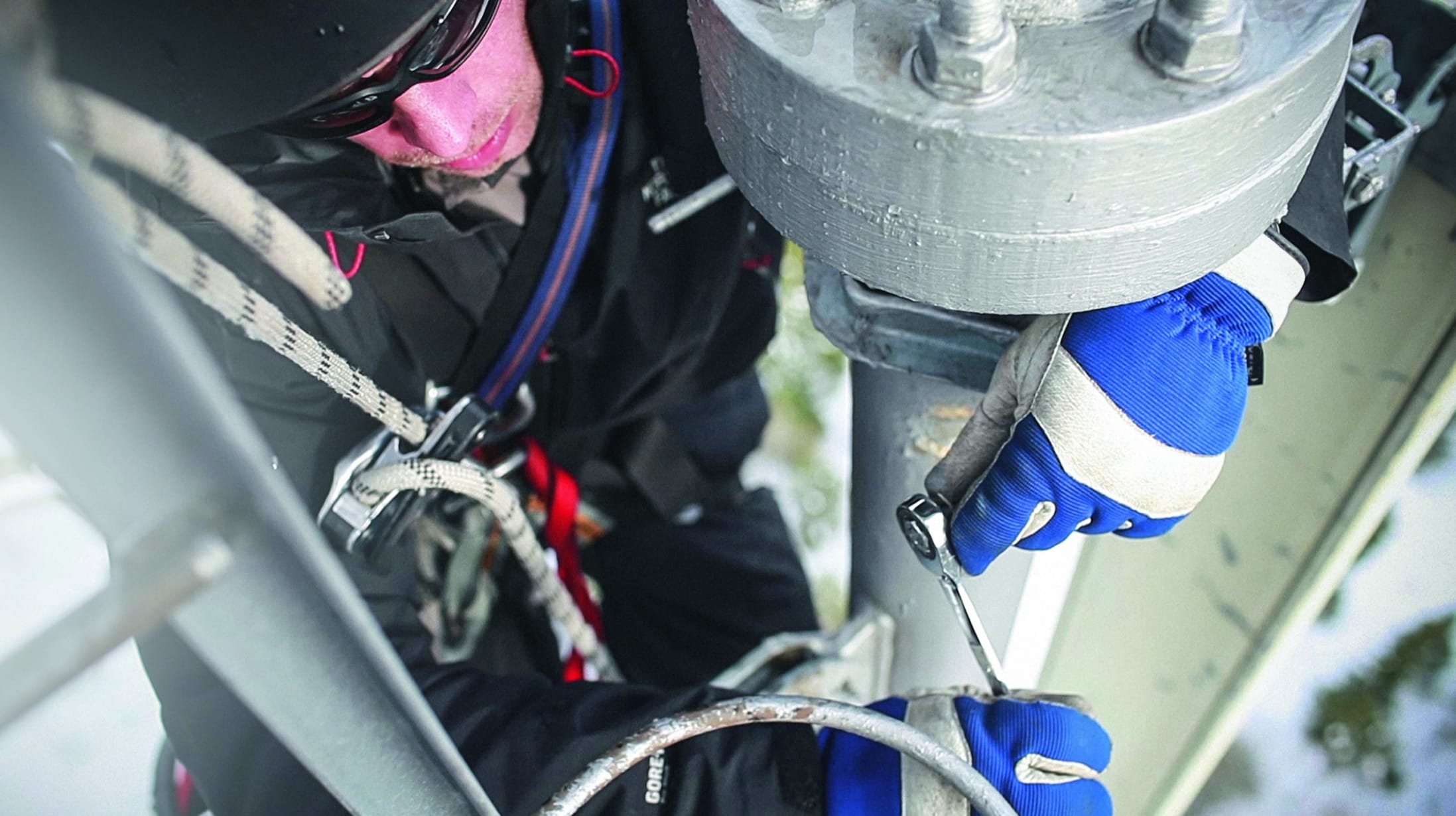Electrical Hoist Assessment – Ensuring Safety in the Work Area
Electrical hoists provide a trustworthy solution for food processing, layering operations, inverted use, and steel mills. They are taken into consideration as ‘powered-lifting assistants’. Electrical hoists, like any other hoists, Test and Tag need not be neglected. No quantity of safety and security programs and secure hoist techniques will certainly be successful; accidents may also happen.
The main purpose of an electrical hoist assessment is to provide safety and security. You can use the adhering to treatments before using them:
- Wipe the electric hoist tidy of any particles and grease. You can utilize a degreaser if needed.
- Check the system parts; you can do it through a close visual technique to see if there are wear or anxiety cracks
- Extend and check the wire or chain at its optimum length. If there are uses, don’t use it until it is repaired.
- Examine the cog mechanism and visually inspect for any wear. Once again, if there are puts on, don’t utilize it or attempt to operate it.
- The load-rating tag should be readable. The tons you’re expected to rise should not exceed the ‘lots ranking’ tag weight.
- Lubricate as needed as feasible after visual examination, before the next operation.
- The manufacturer’s handbook is a useful device for an appropriate maintenance procedure.
Always evaluate the electric hoist before utilizing it.
Hoists are normally put overhead, attached to the ceiling. Know the feature of a device before using it. There are two sorts of powered hoists. The first one is the mobile battery-operated hoist; these are lightweight and can conveniently remove or transfer to service different tracks. The following is a hoist completely connected to the ceiling powered by a training mechanism, and the procedure can be done continuously. This kind can not be moved, and also, it does not need to be taken down every so often.
The major power supply originates from the major electric supply. A backup battery supply is also an alternative if the hoist falls short of operating. Like the electrical hoist, different hoists have different lifting capacities or capacities. It additionally has its very own security facets. The building and manufacturing industry must see to it that a daily, regular, and periodic examination of the hoisting equipment is performed.
Daily assessments need to be left to the driver before beginning his change. The day-to-day examination should consist of inspecting the electrical hoist’s chain for twists, wears, excessive dust, appropriate lubrication, and broken web links. The hooks should be examined if there are contortions, damage, cracks, and properly-operating locks.
A certified, trained, and experienced individual should do the regular evaluations. Constant inspections are based on the type of solution if the device is being made use of on a typical service, a when a month evaluation would certainly suffice. For heavy usage and the resolution of the electric hoists, a monthly assessment can be needed once a week. Every day to once-a-week evaluation is best for the extreme use solution.
The electrical hoists should be examined more thoroughly than the driver’s regular everyday monitoring. Frequent examinations are typically based on the manufacturer’s suggestion.










